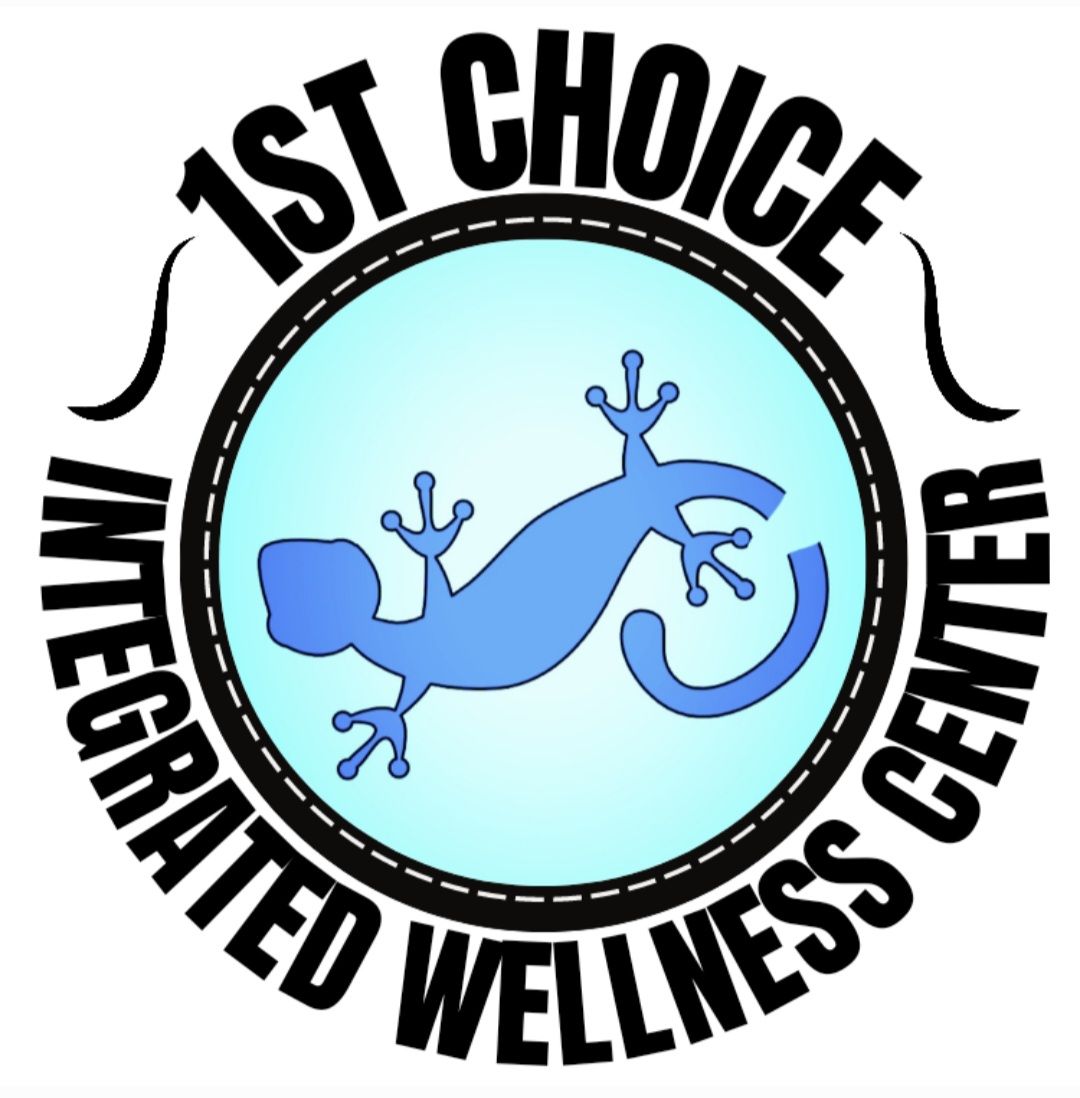Shoulder Pain
The shoulder is an incredibly mobile joint, capable of moving in numerous directions. This remarkable range of motion, however, also makes the shoulder highly susceptible to injuries. Shoulder injuries can significantly impact daily activities, from lifting objects and performing routine tasks to engaging in recreational activities. Given its complex structure and the variety of movements it supports, the shoulder joint is often prone to conditions such as bursitis, frozen shoulder (adhesive capsulitis), rotator cuff tears and strains, tendinopathies, and A/C joint sprains.
Proper spinal alignment and posture are critical for maintaining well-functioning shoulders. Poor posture, such as slouching or hunching, can place undue stress on the shoulder joints and the surrounding muscles, leading to discomfort and potential injury. Ensuring that the spine is correctly aligned helps distribute the load evenly across the body, reducing the risk of strain on the shoulders. Engaging in exercises that strengthen the back and core muscles can also support better posture and, consequently, healthier shoulder function.
The shoulder joint itself is a ball-and-socket joint, held together by an intricate network of muscles, ligaments, and tendons. These structures work together to provide stability and facilitate movement. However, because of this complexity, there are many potential conditions that can arise within the shoulder. Bursitis, for example, involves inflammation of the bursa, small fluid-filled sacs that cushion the joint. Frozen shoulder, or adhesive capsulitis, is characterized by stiffness and pain, limiting the shoulder's range of motion. Rotator cuff tears and strains affect the group of muscles and tendons that stabilize the shoulder. Tendinopathies involve the deterioration of tendons due to overuse, while A/C joint sprains involve injury to the acromioclavicular joint. Understanding these conditions and taking preventive measures can help maintain shoulder health and function.
Common Causes of Shoulder Pain
- Overuse/repetitive strain injuries
- Poor posture/spinal alignment (in particular rounded shoulders)
- Prolonged Sitting/inactivity
- Poor Sleeping Positions
- Repetitive Movements (painting, plastering)
- Sporting Injuries/ trauma
How chiropractic care can help shoulder pain
At 1st Choice Integrated Wellness Center, we embrace a holistic approach when addressing shoulder pain, ensuring that we treat your entire body rather than just focusing on the area of discomfort. We understand that shoulder pain can stem from a multitude of factors, making an accurate diagnosis essential for effective treatment. Our process begins with a complimentary consultation, allowing us to assess whether our services are the best fit for your needs. If we determine that another specialist would be more appropriate, we will not hesitate to make a referral to ensure you receive the care you need.
Should we find that we can assist you, the next step involves a thorough paid examination. This examination includes a series of orthopedic, postural, neurological, and musculoskeletal tests to pinpoint the source of your pain. Once we have gathered all the necessary information, we will present our findings to you. In some cases, we may recommend X-rays to further aid in our diagnosis, providing a clearer picture of the underlying issues.
Based on our comprehensive evaluation, we will then develop a personalized treatment plan aimed at promoting natural recovery. Our approach may involve spinal adjustments, joint adjustments, muscle work, and the prescription of rehabilitation exercises and stretches to enhance posture. Additionally, we will consider lifestyle factors that may have contributed to your shoulder pain, offering guidance on modifications to help prevent future injuries. At 1st Choice Integrated Wellness Center, our goal is to support your overall well-being, ensuring a holistic and effective path to recovery.


